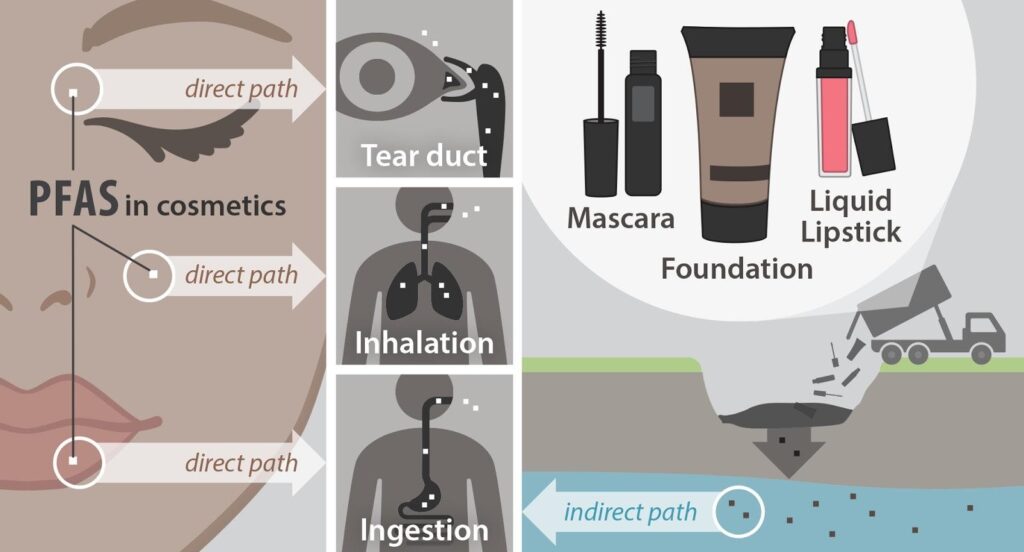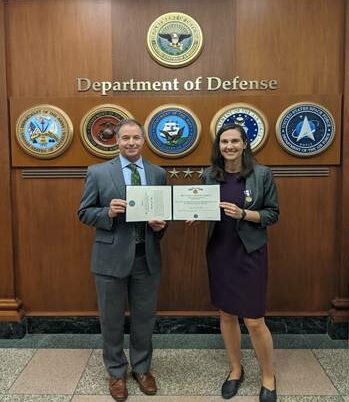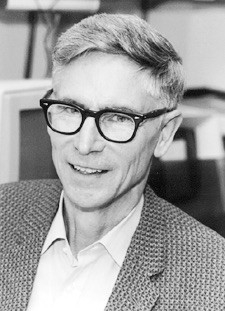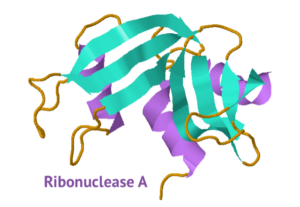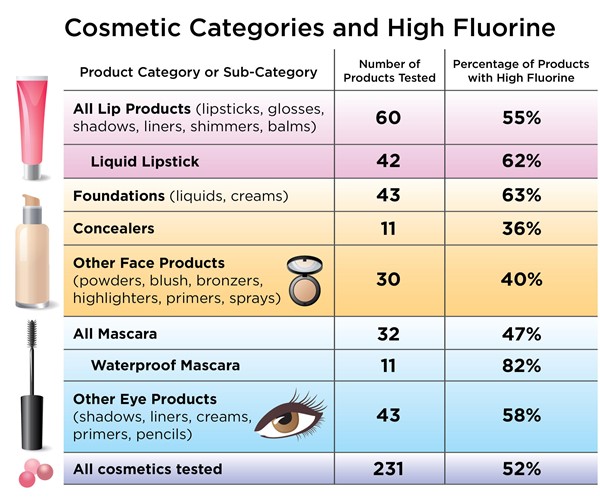July 2021 Newsletter: Our New Study Went Viral
Hello!
| I am happy to be writing you from the Green Science Policy Institute office, to which we returned July 1 after more than a year of remote work. Four bright and enthusiastic new scientists, as below, have joined our team and are working with us towards reduced toxics and a healthier world. I do hope you are enjoying returning to your own pre-pandemic life.
You may have seen news about our June 15 major peer-reviewed study with the University of Notre Dame finding evidence for PFAS chemicals in over half of 231 cosmetics tested. On the same day Rebecca Fuoco and my op-ed: Cosmetic Chemicals Need a Makeover was published in The Hill. That week, the bipartisan No PFAS in Cosmetics Act, was introduced in both houses of Congress. This legislation tells the FDA to ban all PFAS in makeup. (Please ask your representatives to support the bill.) Thanks to our communications strategy, the PFAS in cosmetics paper has been downloaded more than 56,000 times and has the highest Altimetric impact score (a measure of reach) of any paper the journal ES&T letters has ever published. Also The Guardian, CNN, Washington Post, AP, and Good Morning America and others covered it. In likely response, Kylie Cosmetics (one of the trendiest brands) commented that its relaunched line will not contain any perfluorinated compounds. In addition to the cosmetics industry, our Institute is encouraging the outdoor industry to move away from forever chemicals. PFAS use in climbing gear—including tents, ropes, and clothing—results in contamination of the most high and pristine places in the world. I was interviewed by Climbing magazine about the accumulation of PFAS on Mount Everest. We hope to share some positive updates soon. As occupied as I am with our work reducing toxics, my heart aches for Afghan women and girls. The Taliban is gaining control of Afghanistan, an enormous concern for girls who wish to continue their education. I made a donation to the Afghan Institute of Learning which is educating and providing health care to Afghan girls and women. Please consider supporting their courageous work. Although it’s not typical “beach read” material, you may be interested in Frank A. von Hippel’s new book, which traces the origin stories of chemicals designed to destroy pests, plagues, and people. The Chemical Age “exposes how humankind’s affinity for pesticides made the modern world possible—while also threatening it.”
And for some family news, I am very proud of my daughter Annalise who concluded her AAAS policy fellowship with a medal for exceptional public service. Annalise founded and leads RECESS (Resource Competition, Environmental Security, and Stability), a group which is informing DoD strategic thinking on the national security impacts of environmental change. More at https://annaliseblum.com/ Finally, the Himalayan Fair is scheduled to once again share the culture, food, dance, arts and crafts of the Himalayan regions on October 2,3 in Berkeley’s Live Oak Park. I hope to see you there. Warm regards, |
Buzz Baldwin & How Proteins FoldMy Stanford postdoctoral fellowship advisor in the 1970s was the distinguished biophysical chemist Robert Baldwin. Buzz, as everyone called him, passed away recently at the age of 93. According to Stanford, “Baldwin propelled leaps in scientific understanding of how proteins assemble themselves into three dimensional shapes that are essential to their function.” Following Buzz’s memorial, I read Buzz’s oral history and was astonished by Buzz’s answer when the interviewer asked him how he first discovered intermediates in protein folding. Buzz responded: “At that time everyone talked about protein folding as a two state process with only the unfolded protein or the folded protein being present. I had a student, Arlene Blum, who had her own idea about how to solve the protein folding problem. Her idea was to unfold the protein at high temperature and then cool it rapidly using NMR to study whether the histidine residues were in the folded or unfolded states. “I told Arlene that her idea wouldn’t work. Arlene was a very persistent person and her idea did work. When you unfolded the protein ribonuclease A by heating and then plunged it into ice water you could see stages in the folding process and you could measure them by NMR. “Kurt Wurthrich, a friend of mine who later got the Nobel prize for his work on protein NMR was determined to solve the problem of the mechanism of protein folding. “After Arlene’s paper came out, Kurt told me this is the paper I should’ve written. He really admired the paper. And it was perfectly true that is the paper that Kurt Wurthrich should’ve written, but he didn’t…. Arlene wrote it. We used her paper later in our research again and again.” I was moved and surprised to read Buzz’s account of my early research. Buzz Baldwin has been an annual donor to our Institute from the beginning. |
Are Forever Chemicals Hiding in Your Makeup?by Rebecca Fuoco Even if you’re a strict label-checker like me, your makeup routine may be exposing you to potentially harmful PFAS. Our scientists were part of a team led by the University of Notre Dame that found high fluorine levels —indicating the probable presence of PFAS—in just over half of 231 makeup products tested. Some of these products underwent further analysis and were all confirmed to contain at least four PFAS of concern. The majority of products with high fluorine, including all but one of those confirmed to have PFAS, had no PFAS listed on the label. These are not chemicals you want to be slathering on your face. Some PFAS have been associated with a wide range of serious health harms, from cancer to obesity to more severe COVID-19 outcomes, and they contaminate the drinking water of millions. PFAS in makeup may be ingested when worn on the lips or absorbed through the skin and tear ducts. On top of these direct exposure routes, PFAS can make their way into our drinking water, air, and food during the manufacture of makeup and after it’s washed down the drain. The potential harms of using PFAS in makeup far outweigh any waterproofing or smoothing benefits they may give these products. That’s why Senators Susan Collins and Richard Blumenthal, and others have introduced the No PFAS in Cosmetics Act to ban these chemicals from makeup and personal care products. Watch our recorded June 15 press conference and join me in asking your representatives to support this important bill. |
An Unwanted Ingredient: Chlorinated Paraffinsby Lydia Jahl Modern kitchens often contain numerous appliances to make the perfect gourmet meal. However, your kitchen may contain an unwanted and harmful ingredient: a class of flame retardants called chlorinated paraffins. In 2017, Swedish scientists found that 12 out of 16 hand blenders tested leaked chlorinated paraffins into food, likely from direct contact between the food and blender components. The researchers estimated that adults in Sweden using a hand blender once per day could increase their dietary intake of Recent testing of many kitchen appliances found that chlorinated paraffins are commonly used to lubricate hinges in products such as refrigerators, microwave ovens, and food processors. In their study, brand-new appliances had the highest concentrations, suggesting chlorinated paraffins are released over time. To reduce your exposure, clean products frequently, do not allow your food to contact the lubricant in appliances, and ventilate your kitchen while using a baking oven. Learn more about flame retardants and how to avoid them at our Six Classes website. |
37th Annual Berkeley Himalayan Fair,
|
Welcome to Our New Staff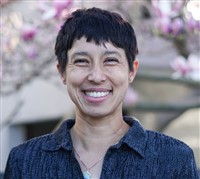 Hannah Ray Hannah Ray Our new Science and Policy Fellow, Hannah Ray is working on PFAS in building materials and outdoor gear and also antimicrobials. She enjoys canoe camping, pickup soccer, and playing with her young son. Hannah has a B.A. in chemistry from Wesleyan, and a Ph.D. in materials science and engineering from UC Berkeley. She has been a researcher at two renewable energy startups and a project manager at a window manufacturing company.
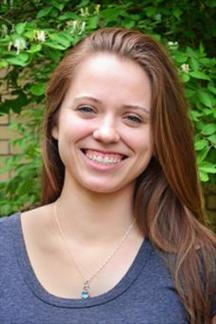 Lydia Jahl Lydia Jahl Lydia holds a Ph.D. in Chemistry from Carnegie Mellon University and a B.S. in Chemistry from Harvey Mudd College.
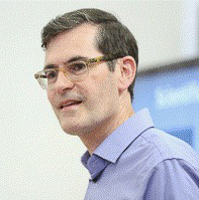 Brandon Brown Brandon Brown Brandon R Brown joins the Institute after many years as a Professor, Chair, and Associate Dean for Sciences at the University of San Francisco. His research work has spanned superconductivity, sensory biophysics, and science history, including two books, Planck (2015) and The Apollo Chronicles (2019). Brandon holds a bachelor’s degree in physics from Rice University, a Ph.D. in condensed matter physics from Oregon State University, and he completed post-doctoral training in science communication at UC Santa Cruz.
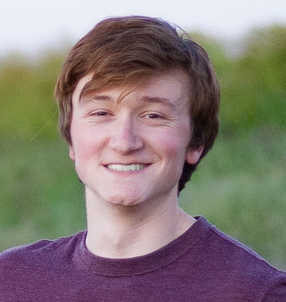 Jonas LaPier Jonas LaPier Jonas is the newest member of our team and will be supporting many of our ongoing projects reducing chemical harm. He graduated this spring from Harvard College with a B.S. in Environmental Science and Engineering and a minor in Environmental Science and Public |
CalendarOct 2-3, 2021: 37th Annual Berkeley Himalayan Fair Enjoy the food, music, dance, crafts and arts of the Himalayas. Profits to Himalayan October 3-7, 2021: FLUOROS Global 2021 – International Perspectives on PFAS Science
|
